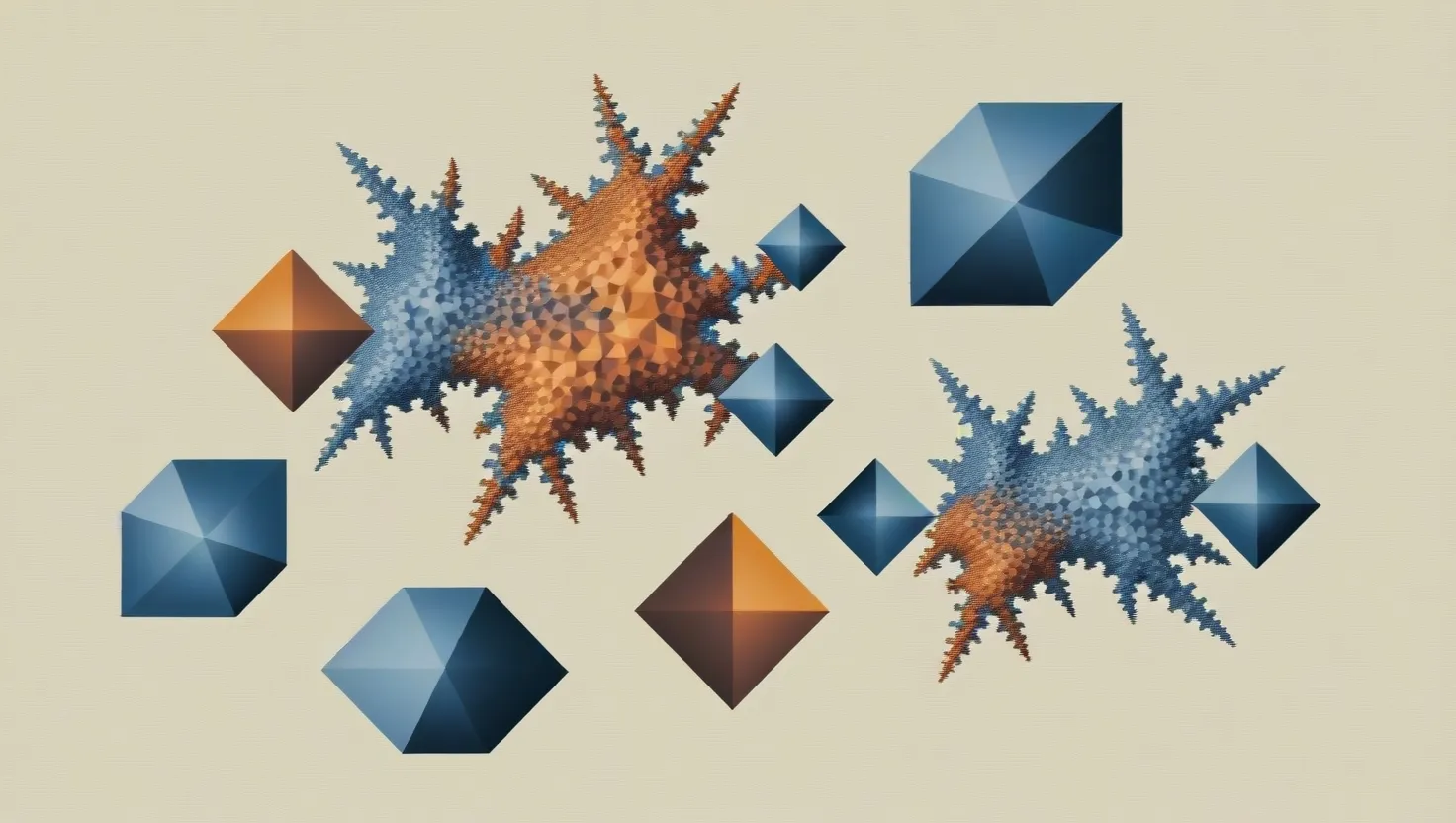In a world where uncertainty and chaos are increasingly the norm, the traditional approaches to resilience and risk management are no longer sufficient. We need systems that don’t just withstand disruptions, but actually thrive on them. This is where the concept of antifragility comes into play, and when combined with principles from quantum mechanics, it opens up a new frontier in system design.
The Concept of Antifragility
Antifragility is more than just resilience or robustness; it’s about systems that improve and grow stronger when faced with stress, uncertainty, or chaos. Imagine a muscle that becomes stronger with exercise, or a business that adapts and evolves in response to market fluctuations. This concept challenges the conventional wisdom of designing systems to merely resist shocks and stay the same.
Quantum Superposition in System Design
Quantum mechanics introduces the concept of superposition, where a quantum system can exist in multiple states simultaneously until observed. Applying this principle to system design means creating networks, organizations, or personal strategies that can exist in multiple configurations at once. When faced with a disruption, these systems can instantly collapse into the most advantageous form, much like a quantum particle collapsing into a definite state upon observation.
Business Models and Quantum Resilience
Picture a business model that operates in a state of quantum superposition. Instead of having a fixed strategy, it exists in multiple strategic states simultaneously. When market conditions shift, the business can instantly adapt by choosing the most fitting configuration. This isn’t about being agile or flexible; it’s about being inherently adaptable and resilient to any change.
For instance, a company might have multiple product lines or service offerings that can be scaled up or down based on demand. In a traditional setup, this would require extensive planning and resource allocation. However, in a quantum resilient system, these different states coexist, allowing the company to pivot seamlessly in response to market demands.
Personal Development and Quantum Resilience
This approach isn’t limited to business models; it can also be applied to personal development. Imagine a personal growth plan that thrives on uncertainty. Each challenge you face doesn’t just test your resilience but actually helps you evolve into a stronger, more capable version of yourself. This is about embracing volatility as a vital ingredient for growth and innovation.
In personal development, this could mean having multiple skill sets or career paths that you are simultaneously developing. When one path faces a setback, you can instantly shift focus to another, leveraging the skills and experiences you’ve gained. This isn’t about having a backup plan; it’s about existing in multiple states of potential, ready to collapse into the most advantageous one when needed.
Modular Design and Redundancy
To achieve this level of adaptability, systems need to be designed with modular components that can be easily added, removed, or modified without compromising the entire system. This modular design allows for greater innovation velocity and reduces the risk of total system failure.
For example, in manufacturing, a self-improving system might use predictive maintenance to identify potential failures before they occur. By distributing system architecture and decision-making across multiple nodes, the system can continue to function even if one component fails. This redundancy ensures that the system remains operational and can adapt to new conditions in real-time.
Hyperscale Learning and Chaos Engineering
Hyperscale tech firms provide a good example of how to implement this approach. They fail fast and recover faster through relentless iteration. By testing assumptions early and rebuilding quickly, these companies can adapt to volatile conditions and uncover weak points in their systems.
Chaos engineering techniques are another key component. These involve continuously testing components and systems under volatile conditions to stabilize them for turbulence. This approach ensures that the system is not just resilient but antifragile, gaining strength from each disruption.
Cyber Resilience and Post-Quantum Cryptography
In the realm of cybersecurity, traditional methods are no longer sufficient. With the advent of quantum computers, current cryptographic systems are under threat. Here, post-quantum cryptography offers a solution by developing systems that are secure against both quantum and classical computers.
Organizations need to build cyber resilient systems that can continuously deliver intended outcomes despite adverse cyberattacks. This involves integrating areas of information security, business continuity, and overall organizational resilience. Automated responses that can react and recover within nanoseconds are crucial for maintaining this level of resilience.
Infrastructure and Antifragile Design
When it comes to infrastructure, traditional designs are inherently fragile. Buildings, roads, and utility networks deteriorate over time due to use and environmental factors. An antifragile infrastructure system, however, would improve through time and disorder.
Imagine structures that can self-repair or adapt to new conditions. This could involve using nanobots or AI to maintain and improve infrastructure in real-time. By designing systems that work with entropy rather than against it, we can create infrastructure that becomes stronger and more efficient over time.
Decentralization and Distributed Systems
Decentralization is another critical aspect of antifragile system design. By distributing capabilities across multiple nodes, localized challenges don’t crash the entire system. This approach allows for greater resilience and adaptability.
For instance, in a decentralized network, if one node fails, others can take over its functions seamlessly. This ensures that the system remains operational and can continue to evolve in response to new conditions.
Flexible Infrastructure and Scalable Computing
Flexible infrastructure, such as adaptable cloud computing, is essential for supporting antifragile systems. Scalable computing power allows teams to fluidly spin up and down resources, saving costs and ensuring that the system can adapt to changing demands.
In a moonshot project, for example, flexible infrastructure enables teams to test and iterate rapidly, failing fast and recovering faster. This approach accelerates progress and allows the system to thrive on volatility.
Conclusion
In a world filled with uncertainty, designing systems that are merely resilient is no longer enough. We need systems that are antifragile, capable of thriving on chaos and disruption. By applying principles from quantum mechanics and antifragility, we can create networks, organizations, and personal strategies that don’t just survive change but evolve and improve because of it.
This isn’t just about managing risk or planning for redundancy; it’s about embracing volatility as a vital ingredient for growth and innovation. Whether it’s a business model, personal development plan, or infrastructure design, the key is to create systems that exist in multiple states simultaneously, ready to collapse into the most advantageous form when faced with disruption.
In this quantum resilient world, systems don’t just survive change—they feast on it, turning every disruption into an opportunity for quantum leaps in performance and adaptability. By adopting this mindset and designing for antifragility, we can create a future where systems not only withstand chaos but actually thrive on it.






